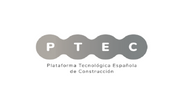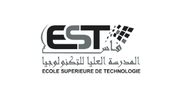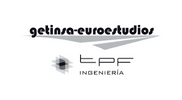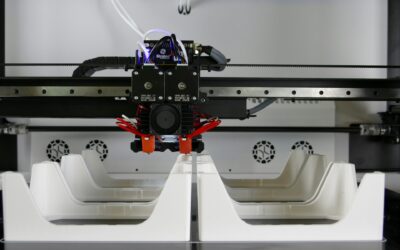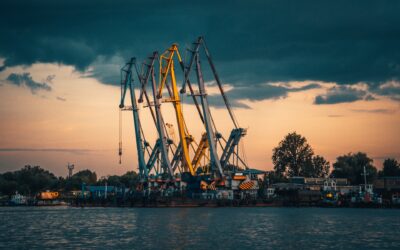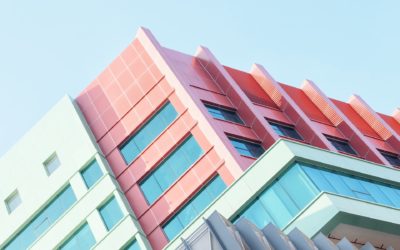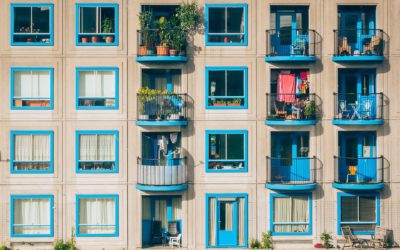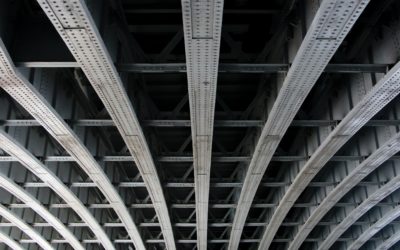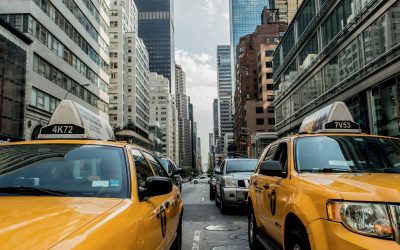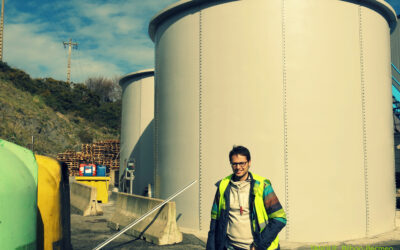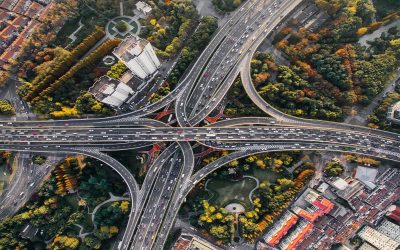cartif projects
Portable 3DPrinter
Portable 3D printer for industrialization/customization of construction
Description
This project looks for the innovation in construction processes promoting the industrialization and customization of construction that the 3d printing technologies provides. Additive manufacturing is a key element in the future sustainable construction because it guarantees the consume eficiency: it can use local materials, it doesn´t waist raw materials, reduces the volume of waste at works, it allows saving time and transport if printed on site.
It will develop 3D printing systems applied to construction, easily movable, that it doesn´t require of a special logistic for their use and adapted to the specific needs of Morocco and Spain.
Finally it will be defined a flexible methodology that take advantage of the fast adaptation capacity of those systems and which will be integrated into the BIM paradigm of work.
Objectives
- Development of a new production process “in situ” using additive manufacturing technologies and a methodology of agile management that allows the construction of buildings with reduce costs of energy and materials.
- Development of a system highly movable, that it can be assembled and disassembled and that it doesn´t require of a complex infrastructure for its use.
- Integration of the proposed system at the BIM workflow, with a quick capacity of response to unexpected events and that allow reducing the costs of time, material and energy associated.
Actions
- Analysis of the different design and automatization alternatives of the 3D printers (type of extruders, techniques and materials), focused on the save of energy.
- Analysis of the climate, materials and moroccane infrastructures requirements.
- Electromechanic design of the printer prototype.
- Integration of the developments realized in the BIM methodology.
- Demonstration of the technologies and methodologies developed at the project.
Expected Results
- A new 3D printing system “in situ” highly movable, easy to assemble and that it doesn´t require a complex infrastructure for its use.
- Methodology of agile management, flexible and adaptable that allows the construction of buildings with reduce costs of energy and materials and that is fully integrated in the BIM workflow.
- Demonstrators in Morocco and Spain that allow to validate the developed solutions.
Partners

Responsible
José Mª Llamas
Investigador en Fundación CARTIF
Industrial and Digital Systems Division
Networking
Infrastructure projects:
DIAMETER
In the DIAMETER project, the physical-experimental results of the 3D metal additive manufacturing processes will be contrasted with computational simulations, with the aim of predicting the behaviour of the parts under different modifications of the process.
CLEANPORTS
CARTIF Projects CLEANPORTSResearch of intelligent and sustainable nay solutions for the automation of logistics and advanced intermodal processes from por to last mile.DescriptionThe main objective of the project is to improve logistics processes for the complete...
INPERSO
INPERSO is a holistic project of deep renovation of buildings that address all its life cycle and combines industrialization and customization. INPERSO will integrate new technological components that joint with pre-manufacturing advantages, preintegration and 3D printing robotic will reduce drastically time and costs of the construction.
SESAMO
Design, configure, programme and adapt a system that facilitates and assists the user in their relationship with the cabinet doors.
Metabuilding Labs
To reach the COP21 goal of nearly-zero energy, zero emission buildings MBLabs Labs strives to unleash the innovation potential of the SMEs of the Construction sector by lowering the entry barriers to test innovative solutions in a network of testing facilities in RTOs and Living Labs in 13 countries
I-NERGY
The main objective of I-NERGY is to deliver an energy specific open modular frameork for supporting AI-on-demand in the energy sector.
I-NERGY contributes significantly to achieve a techno-economic optimal mangement of the EPES (Electric Power & Energy Services)
LIFE HUELLAS
LIFE-HUELLAS project looks for the enviroonmntal assessment of the life cycle of the rail transport to correctly assess its environmneta impact.
SORTI
The objective of the SORTI project is to develop optical systems based tools and new technologies to properly identifying, monitoring and managing of structural risks in buildings.
REZBUILD
The main objective of the REZBUILD project is to create a collaborative rehabilitation ecosystem, integrating innovative technologies, and focusing on the existing housing stock. The aim is to increase the annual rate of building renovation from the current 1% to try to reach 2.5%.
REPARA 2.0
REPARA 2.0 aims to develop new technologies and methodologies that support infrastructure management and allow the rehabilitation and conservation of any type of road at a lower economic and environmental cost.
SALUS
SALUS project appears due to the lack of techniques able to detect geomembrane damages before these cause the rupture, and therefore, the environmental pollution
WTANK
development of a new tank of more than 2000m3 by means of a new production process called ‘flex moulding’ and materialised with fibreglass reinforced polymeric composite panels (FRP) for application in the wastewater treatment sector.
REHABCAR
El proyecto REHABCAR (REHABilitación de CARreteras y autopistas) desarrolló nuevas herramientas para la transformación de las carreteras y autovías existentes en infraestructuras económicamente sostenibles y de alta calidad para prolongar su vida útil y adaptarlas a las nuevas necesidades del tráfico.

